One year in Coquimbo Bay (Chile) as a Coastal Solutions Fellow
By: María Valladares, CSF 2023
To establish a permanent link with the environment and protected territories, to see them as a laboratory, as a home.
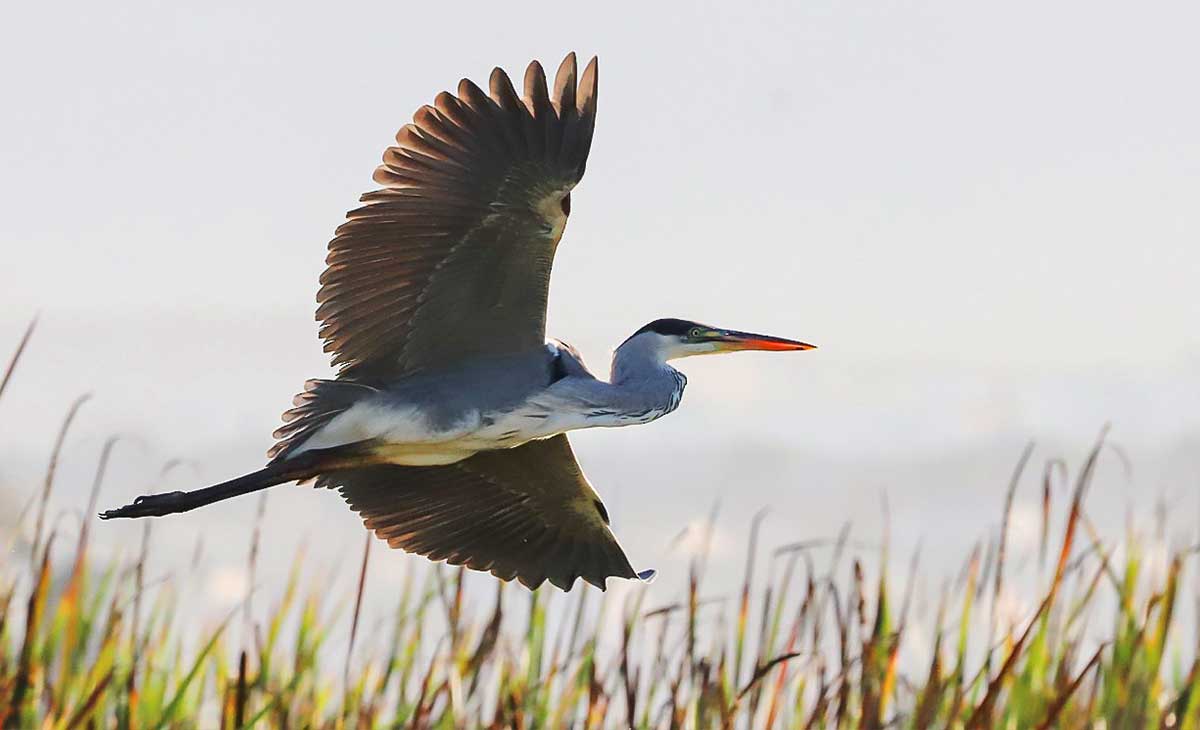
It has been a year since the Coastal Solutions Fellowship became a part of the busy socio-environmental agenda of Coquimbo Bay, in north-central Chile. This bay is a priority site in the Pacific Shorebird Conservation Initiative of the Americas. During this past year, multiple actions and ideas have been developed around the conservation and protection of the coastal zone and the migratory shorebirds it sustains. Being part of the Coastal Solutions Program means being part of a rich and intertwined network of intersectoral collaboration, whose objectives, activities, and results are similar throughout the continent, and are built on the hard work that many people have generously passed on to us.
To summarize the year in these few lines would be difficult, but among the most important actions are those aimed at recognizing, approaching, and educating about the importance of coastal wetlands as extremely relevant ecosystems that must be preserved, protected, restored, and valued. Among the most noteworthy experiences are the creation of a working group with more than 30 stakeholders who, despite the unstoppable urban expansion and the multiple present threats, dedicate their time and continuous efforts to preserve the socio-environmental and cultural heritage. So is the experience of students and community members who learned to monitor various parameters in the wetland, while at the same time asking themselves new and complex questions about the conservation future of these valuable marsh ecosystems in the middle of this semi-arid region.
Similarly, we find that the sensory experiences associated with research and monitoring activities motivate us. When we submerge ourselves waist-deep in the wetland waters to study its hydrology, and to take measurements among cattails that isolate us from the bustling city, or when we walk on the strenuous sand to census shorebirds, and obtain data on the nesting of the American Oystercatcher (Haematopus palliatus), an emblematic bird of the city of La Serena, which, as we observe how dogs and cars constantly disturb them, also inspires us to continue with these important actions to protect biodiversity.
The importance of the emotional bond with the territory has been one of the most valuable experiences, and I remember with gratitude moments that assure me that I am in the right place, such as this episode a few weeks back when I went to one of my workplaces, El Culebrón wetland:
“It is Monday, rush hour, and getting to the wetland means crossing the La Serena-Coquimbo conurbation, which in recent years has suffered a large increase in population and is currently the fourth largest urban entity in Chile. Fortunately, at the end of my journey, a unique ecosystem that still survives and withstands the onslaught of rapid urban expansion in the middle of the city, awaits me. Three of the six environmental monitors who have been working there since July 2023 are working on visitor awareness, monitoring threats, as well as protecting the fauna and flora in this coastal wetland.
I approach and ask them how they’ve been doing, and they share with me a summary of the multiple threats they have recorded from the previous day, and the activities that await them. One of them, who has been harvesting seaweed in this wetland and at Changa beach throughout his life, tells me that he hasn’t seen the Cocoi Heron (Ardea cocoi), his favorite, the one he feels most connected with, for days. He tells me that before, when he worked as a seaweed harvester, he saw the wetland with different eyes, and that since becoming part of the environmental monitors program of the National Forestry Corporation, which we support together with several organizations, a new world has opened up for him. He tells me that he hopes to find his friend today, he will be looking for her with binoculars, and eagerly awaits to be able to show her to those who come to visit the wetland during the day.”
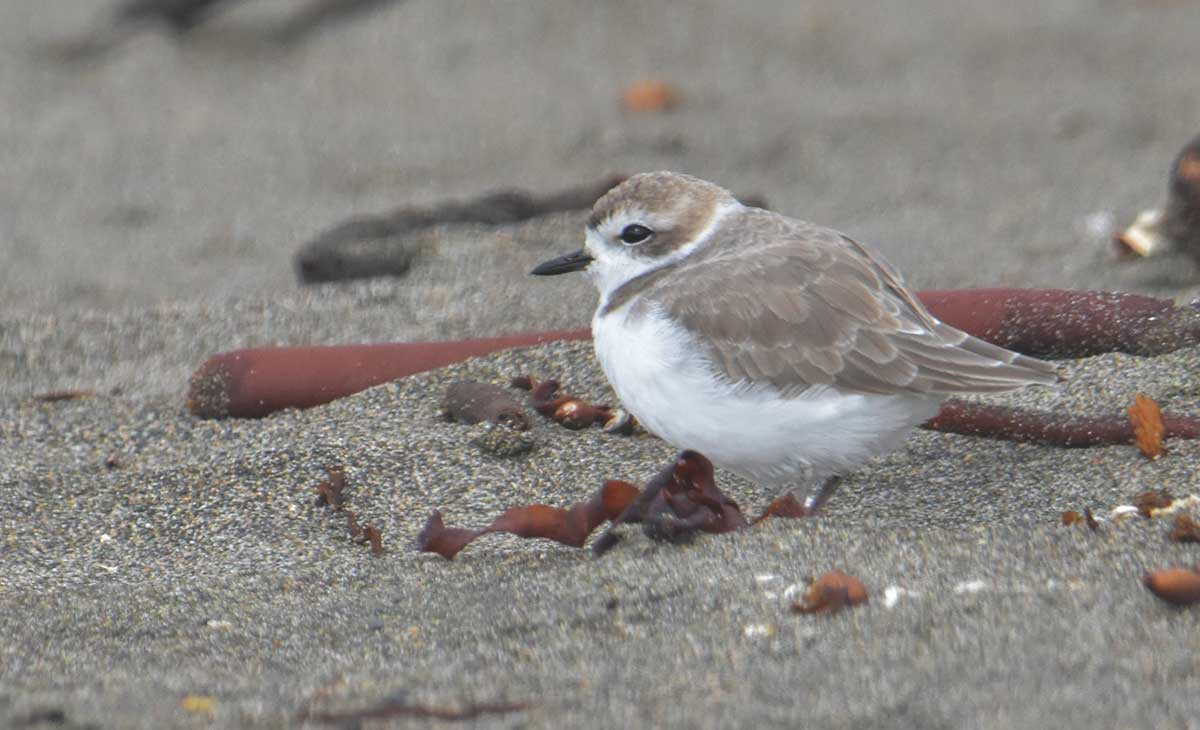
On the other hand, the development of alliances between communities and intersectoral institutions is one of the main objectives of my project and of the Coastal Solutions Program. In October 2023, we were able to bring together multiple people involved in the diverse aspects of conservation and ecological and socio-cultural valorization of coastal wetlands in the “First Regional Meeting for the Coastal Wetlands of the Coquimbo Region”. We shared experiences, insights, and expectations about the preservation of the coastal zone to generate a space to encourage, connect, and recognize local realities. These are some of the voices heard:
“I am a little seabird, I move my little legs, and turn around to find food in the shallow waters of the wetland, when I fly to perch, I can’t find any place, the beach has so much litter that I start to cry.” Gemma Vásquez Epuñán, president of Ecological Awareness Group.
We also listened to voices and proposals that guide us towards a future where we protect wetlands as an integral part of our culture: “To raise awareness and encourage the sense of belonging so that everyone finds their role from their own emotions, and the connection with the region”, a shared vision of the participants.
The Coastal Solutions Program, which was created to develop conservation projects at priority sites for migratory shorebirds on the Pacific Coast of the Americas, along with all the people who compose its network of mentors, collaborators, and fellows in Chile, and in the other countries of Latin America that share the Pacific Flyway, have made these stories possible. In 2024 we will be able to create dozens of new stories in the 37 sites where the 30 fellows are currently working.
This model of networked conservation allows us to feel supported, to learn from the experiences of other fellows, and to engage in interdisciplinary and intersectoral approaches. It is a safe and inclusive space where, in addition to gaining knowledge, we develop communication, governance and participatory leadership skills that broaden the scope and impact of our projects.
Considering the current context of the triple crisis of the Anthropocene, in which every day we open the newspaper or social networks and find hopeless news, this program stands out. It unites people and wills across an entire continent thanks to the migrations of shorebirds, and gives us a breath of strength and energy to continue working on conservation, as well as to focus on improving human well-being.
This past year has been marked by collaboration, inclusion, co-existence, diversity, and the spirit of sharing. As we move on the road ahead, we will continue to hold on to the words ‘hope and future’.
“They can cut all the flowers but they cannot keep spring from coming.”
Pablo Neruda
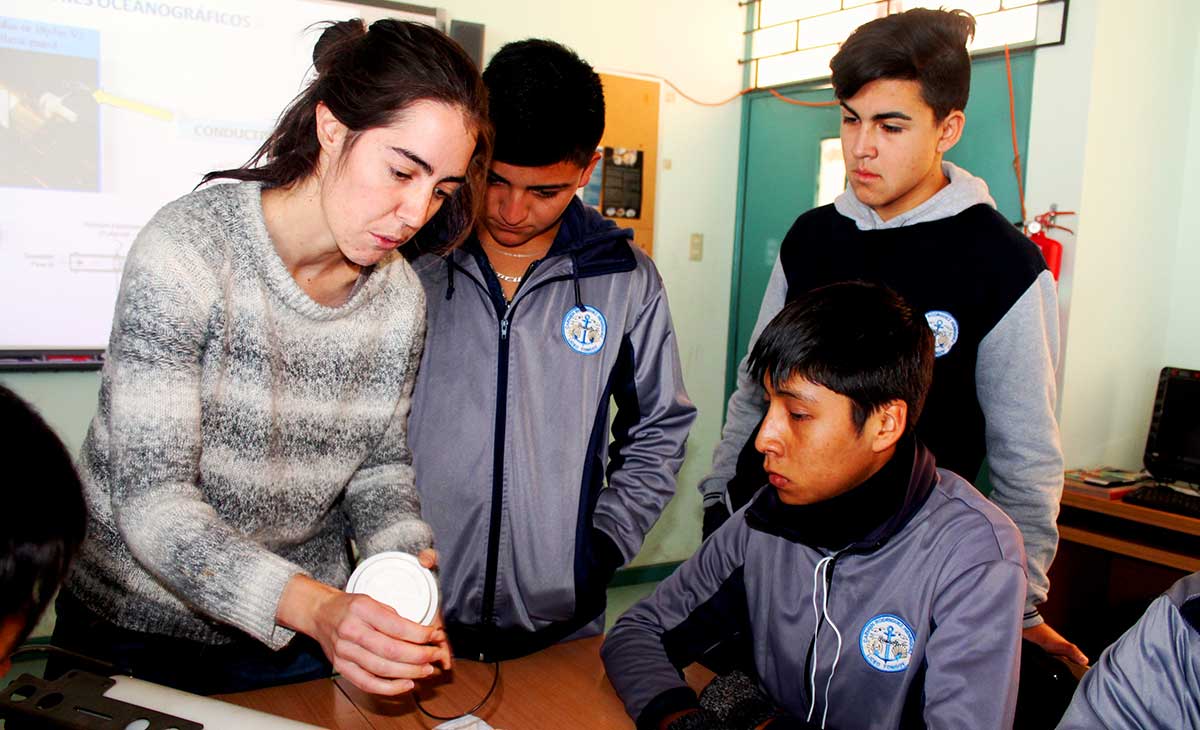
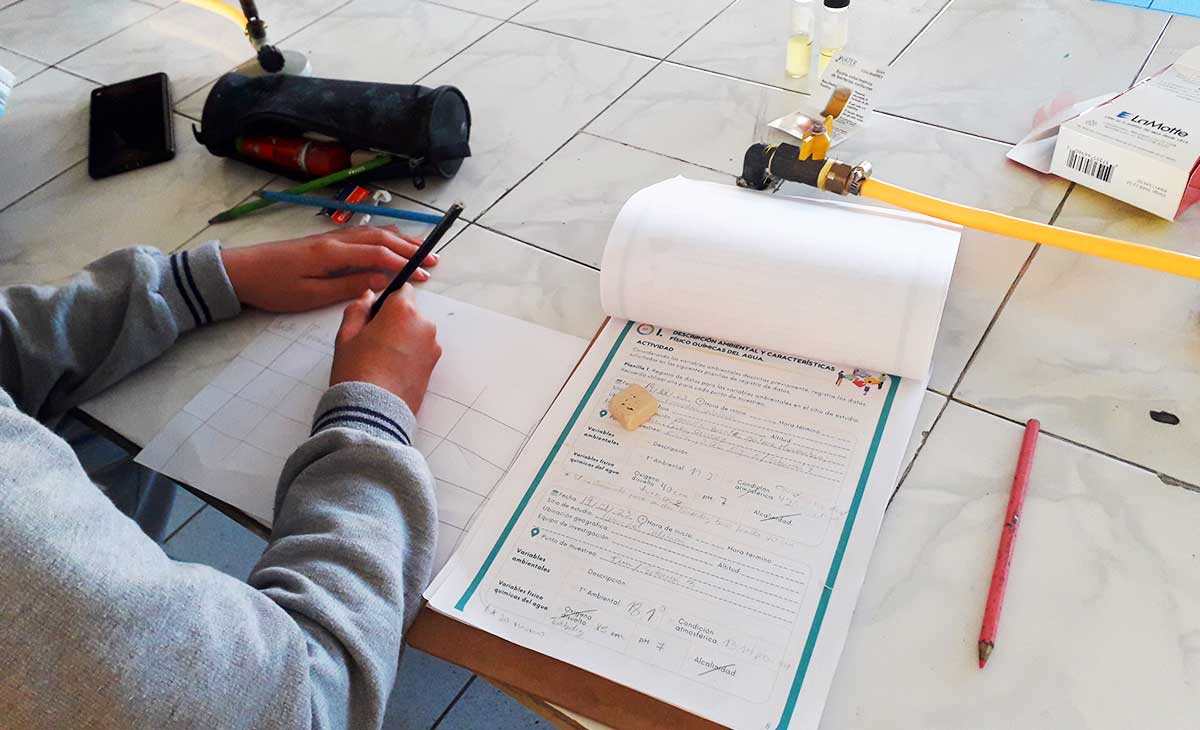
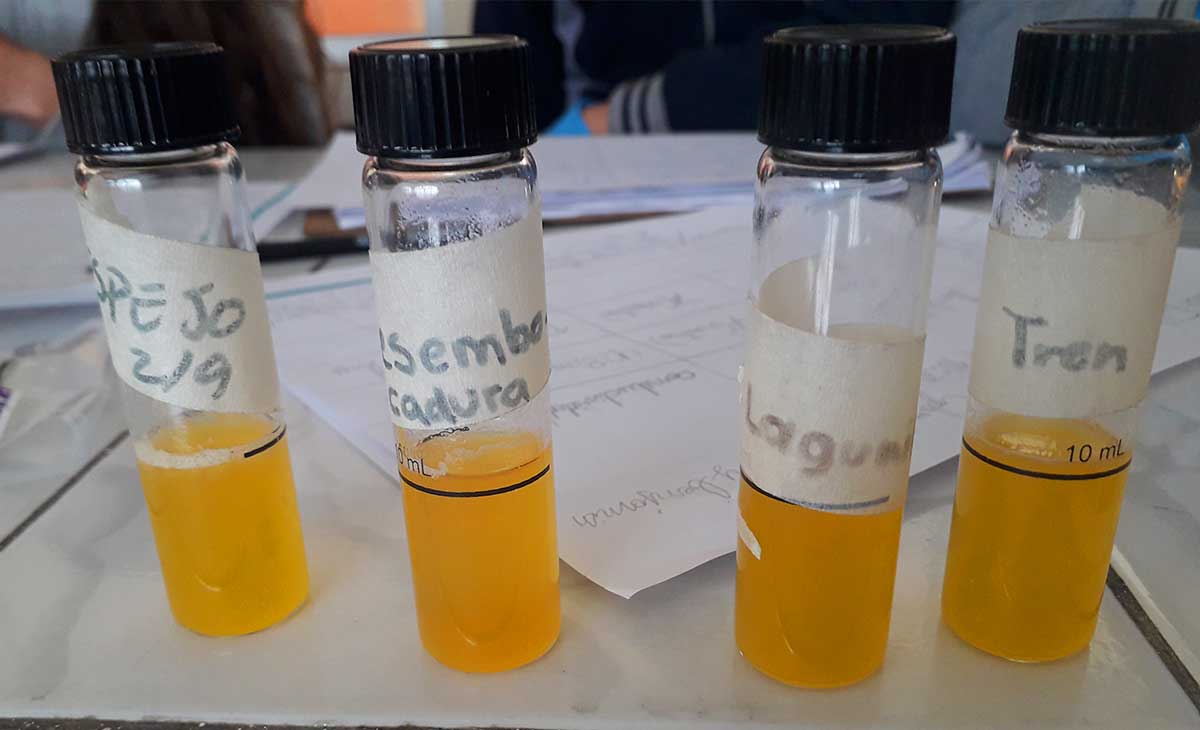
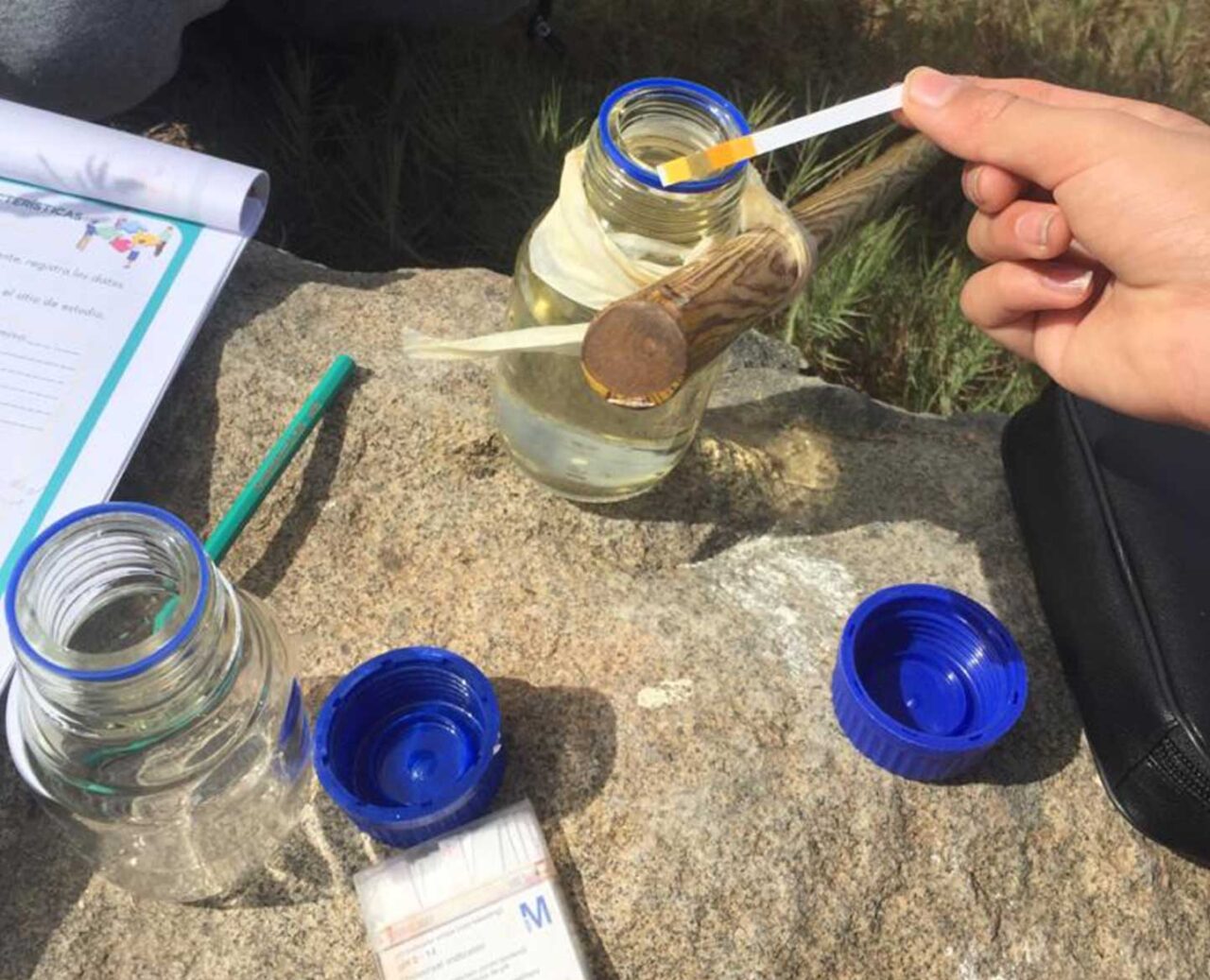
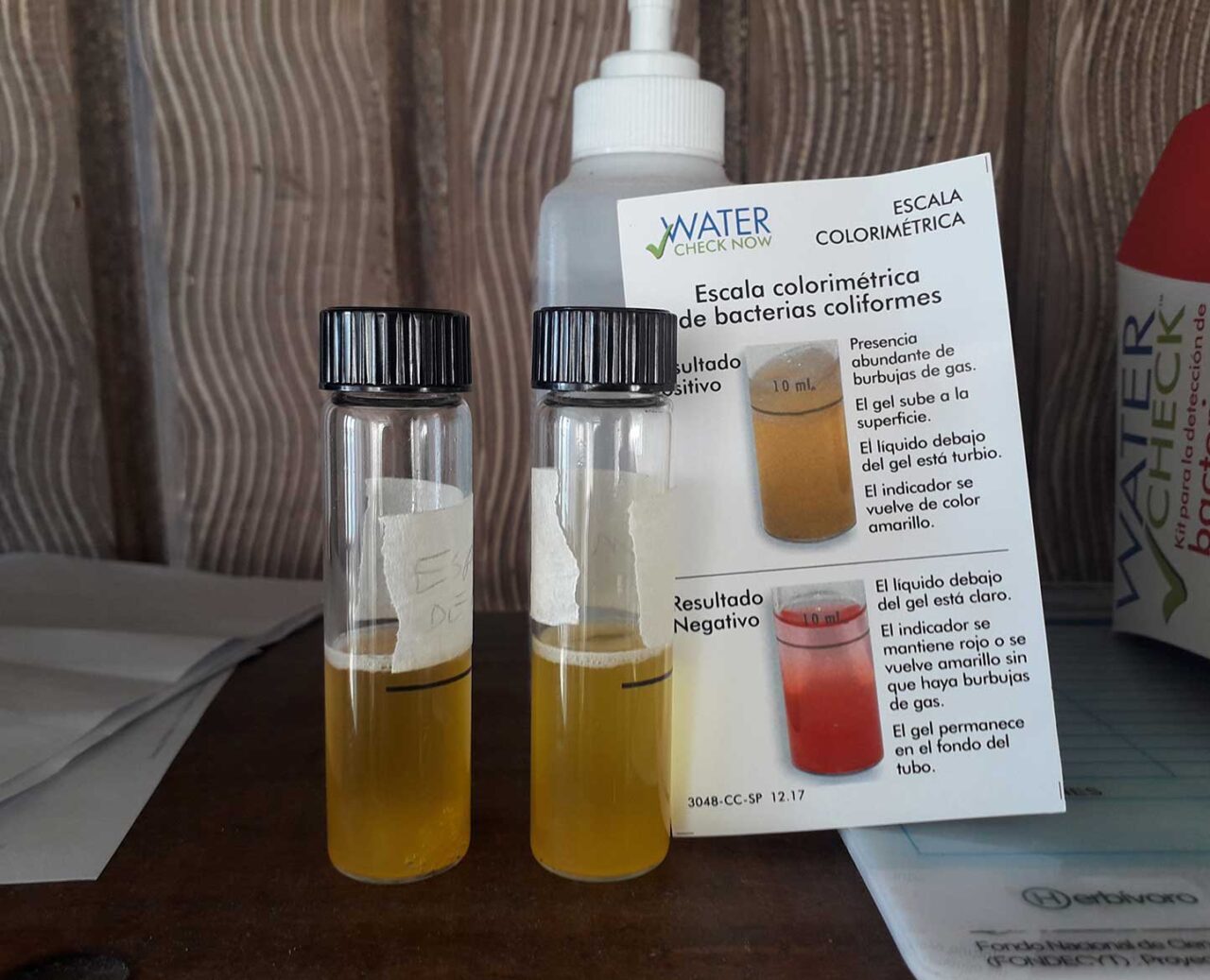
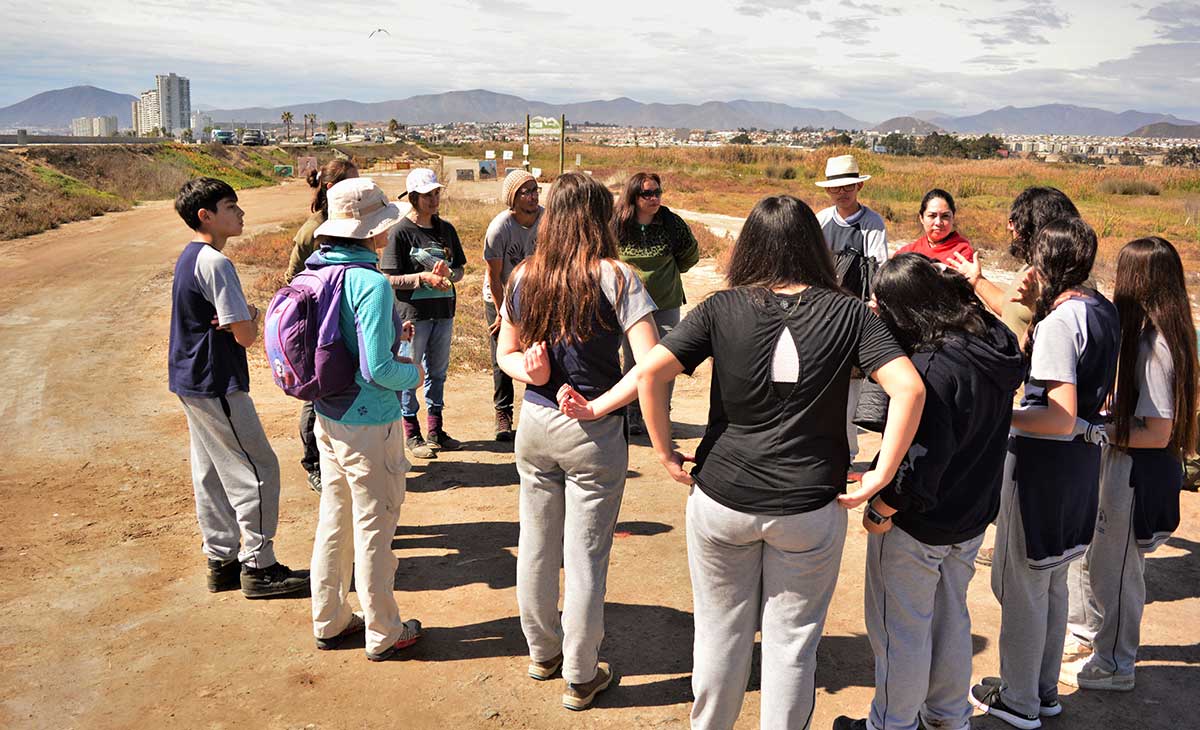
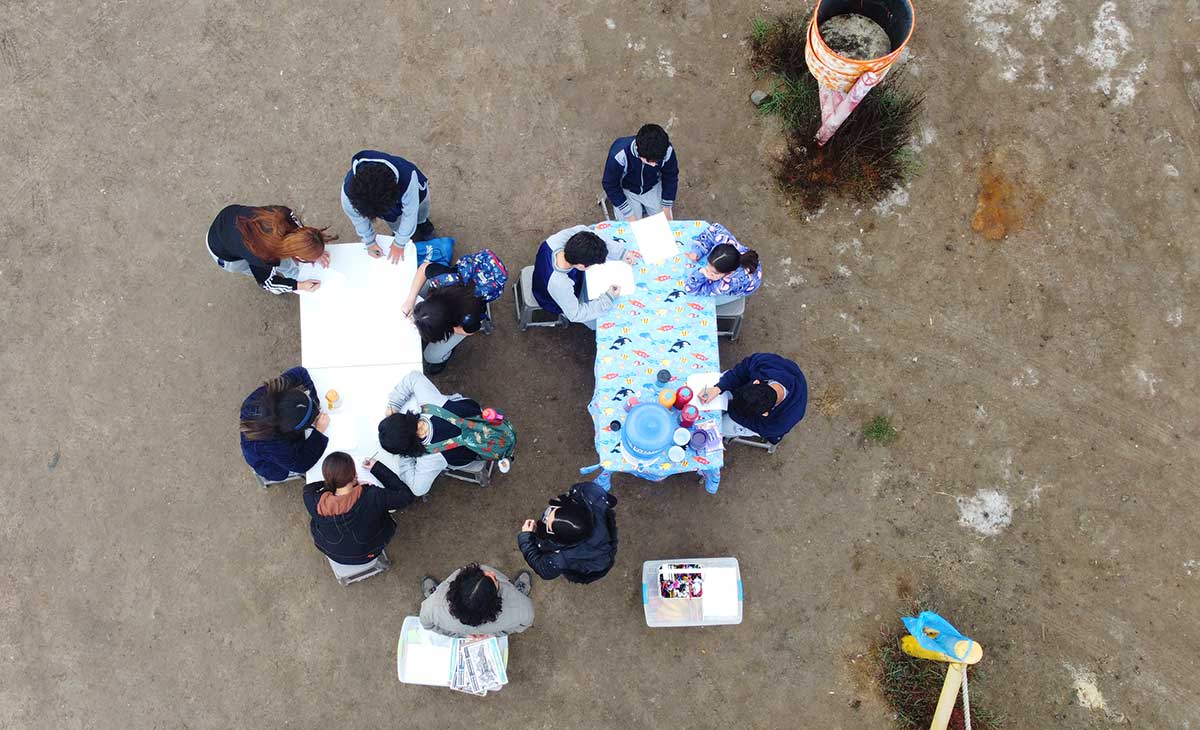
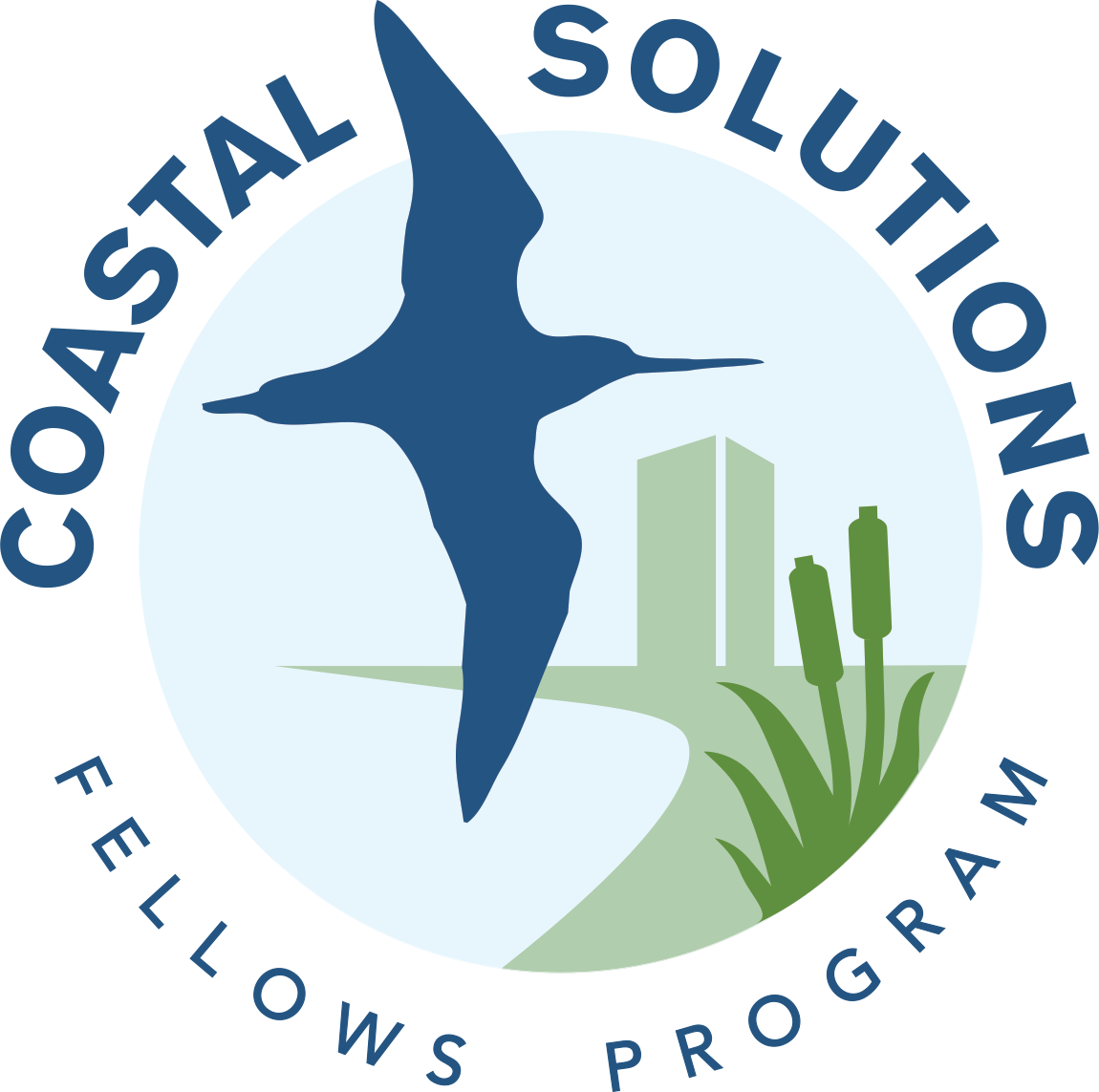
The Coastal Solutions Fellows Program builds and supports an international community to design and implement solutions that address coastal challenges across the Pacific Americas Flyway. Our main goal is to conserve coastal habitats and shorebird populations by building the knowledge, resources, and skills of Latin American professionals, and by fostering collaborations among multiple disciplines and sectors.
